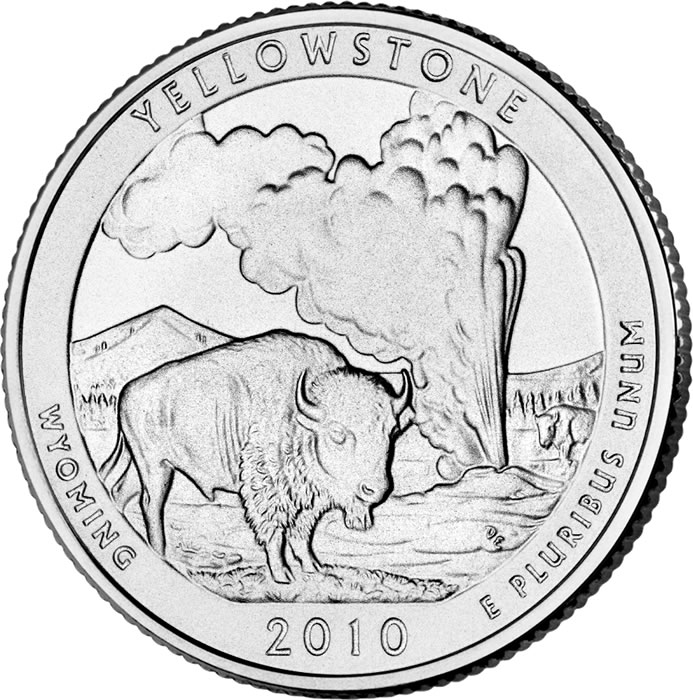
I cast no aspersions on your intelligence until you responded like a horse's ass and showed me how low yours was.
Posted on 12/25/2011 8:02:27 PM PST by neverdem
Arsenic has long been recognized as a poison and a contaminant in drinking water, but now concerns are growing about arsenic in foods, especially in fruit juices that are a mainstay for children.
Controversy over arsenic in apple juice made headlines as the school year began when Mehmet Oz, M.D., host of “The Dr. Oz Show,” told viewers that tests he’d commissioned found 10 of three dozen apple-juice samples with total arsenic levels exceeding 10 parts per billion (ppb). There’s no federal arsenic threshold for juice or most foods, though the limit for bottled and public water is 10 ppb. The Food and Drug Administration, trying to reassure consumers about the safety of apple juice, claimed that most arsenic in juices and other foods is of the organic type that is “essentially harmless.”
But an investigation by Consumer Reports shows otherwise. Our study, including tests of apple and grape juice (download a PDF of our complete test results), a scientific analysis of federal health data, a consumer poll, and interviews with doctors and other experts, finds the following:
Roughly 10 percent of our juice samples, from five brands, had total arsenic levels that exceeded federal drinking-water standards. Most of that arsenic was inorganic arsenic, a known carcinogen. One in four samples had lead levels higher than the FDA’s bottled-water limit of 5 ppb. As with arsenic, no federal limit exists for lead in juice. Apple and grape juice constitute a significant source of dietary exposure to arsenic, according to our analysis of federal health data from 2003 through 2008. Children drink a lot...
--snip--
The form of arsenic in the examples above is inorganic arsenic. It’s a carcinogen known to cause bladder, lung, and skin cancer in people and to increase risks of cardiovascular disease, immunodeficiencies, and type 2 diabetes...
(Excerpt) Read more at consumerreports.org ...
Lady Astor: “If you were my husband, I’d put arsenic in your coffee.”
Churchill: “Madam, if I were your husband, I’d drink it!”

I cast no aspersions on your intelligence until you responded like a horse's ass and showed me how low yours was.
I paid him an extra two bits to make sure it does. Now fade, will ya?

The only knob here is you but don’t worry I don’t have any desire to pick on one-eyed gimps so you’re safe.

You could try an apology for being such an ass but I’m sure that’s way beyond your capacities. Just stick with what you’re good at.
Not an easy thing to do...
And measure your words carefully if you do not wish a scorched earth policy enabled. I have no more time for this B.S. You're welcome. Oh, and Merry Christmas. (That part I meant.)

6 of one, 1/2 dozen of the other. Water softeners help eleminate some minerals like iron, the farm had such hard water that the bathroom in the utility room that didn't get used much would actually develop and a thin iron crust on top until flushed....nothing is pure by todays standards...Many people traveling west were just glad to have any kind of water...
That was a phony apology and no surprise there. Plus the lie about me making a snide remark. Not too surprised about that either, Yosemite Sam. So, you can take your threats about a scorched earth policy and your braggadocio about abusing your wife and stuff it up your inflated keester.
No fair. You know cigarettes (even seconhdhand smoke) trump any other source of biological evil when it comes to blaming something for a person's death.

Is that why you think you can abuse me?
(I guess scorched earth went by the wayside replaced by jr. high)
Terrible stuff. There is no federal limit and folks are drowning in the stuff.

Bingo
Food is generally considered the major source of arsenic exposure except in situations where a population is living near a point source (natural geological source or site of contamination). However, it is difficult to compare the intake of arsenic from food with that from drinking water, as the form (organic vs inorganic), valence, and biological availability of arsenic in these two sources vary.
Arsenic is concentrated by many species of fish and shellfish and is used as a feed additive for poultry and livestock; fish and meat are therefore the main sources of dietary intake (78.9%, according to a U.S. survey) (Gartrell et al., 1986).
A 1997 British total diet study found that seafood contributed 94% of the total arsenic intake for the general population (U.K. MAFF, 1999). In Canada, arsenic levels ranging from 0.4 to 118 mg/kg have been reported in marine fish sold for human consumption, whereas concentrations in meat and poultry range up to 0.44 mg/kg (Department of National Health and Welfare, 1983). While organic arsenic compounds (e.g., arsenocholine and arsenobetaine) found in most seaweed and other marine foods have been determined to be relatively non-toxic (Sabbioni et al., 1991), toxic inorganic forms have been found in hijiki seaweed (CFIA, 2001).
Levels in vegetation are generally an order of magnitude lower than those in fish, whereas concentrations in shellfish are often far higher than those in fish (Subramanian, 1988). Exogenous sources of arsenic in the diet potentially include arsenic-containing fungicides used in fruit production. In North America, however, arsenic-containing pesticides are no longer used on food (ATSDR, 2000; PMRA, 2003).
Recent estimates of the mean daily intake of total arsenic in food for adults are as follows: 42 µg (range 22.5–78.7 µg) for adults 20–65+ years old in Canada (Dabeka et al., 1993), 56 µg (range 27.5–92.1 µg) for adults 25–70+ years old in the United States (Tao and Bolger, 1998), 120 µg in the United Kingdom (U.K. MAFF, 1999), 150 µg in New Zealand (Vannoort et al., 1995), 286 µg in Spain (Urieta et al., 1996), and 182 µg in Japan (Mohri et al., 1990).
In children aged 1–4 and 5–11 years, mean daily intakes of total arsenic in food from six Canadian cities have been reported to be 14.9 µg (range 11.4–18.1 µg) and 29.9 µg (range 25.5–39.7 µg), respectively (Dabeka et al., 1993). Daily intakes of 2.15 µg, 23.4 µg, 20.3 µg, and 13.3 µg have been reported for children aged 6–11 months, 2 years, 6 years, and 10 years, respectively, in the United States (Tao and Bolger, 1998).
With regard to food preparation, the U.S. Environmental Protection Agency (EPA) estimates that preparing foods with arsenic-containing water may increase arsenic content by as much as 10–30% for most foods; beans and grains that absorb water when cooked may absorb up to 200–250% (Mead, 2005).
http://www.hc-sc.gc.ca/ewh-semt/pubs/water-eau/arsenic/exposure-exposition-eng.php
Wish I could help but I can’t. Haven’t any medical background.
1. Someone will start demanding governmental regulation to reduce your intake of food to prevent you from developing diseases arising from hypernutrition.Sort of like what they did back in the 1960s and 70s when people eager to get their hands on the levers of government power and remake the United States into their vision of a socialist utopia warned that we were being exposed to an ocean of man-made carcinogens against which we had no defenses (but them and their regulatory urges) and that by the 1990s there would be a cancer epidemic if we didn't regulate immediately and regulate well through something like, well, the EPA and other agencies so that we could then be free of man-made chemicals and live in peace and healthful harmony with benign nature.
2. Someone will start pointing out the presence of naturally-occurring chemicals in food that, in sufficient quantity, could sicken or kill you and demand that something be done to regulate them.
Disclaimer: Opinions posted on Free Republic are those of the individual posters and do not necessarily represent the opinion of Free Republic or its management. All materials posted herein are protected by copyright law and the exemption for fair use of copyrighted works.